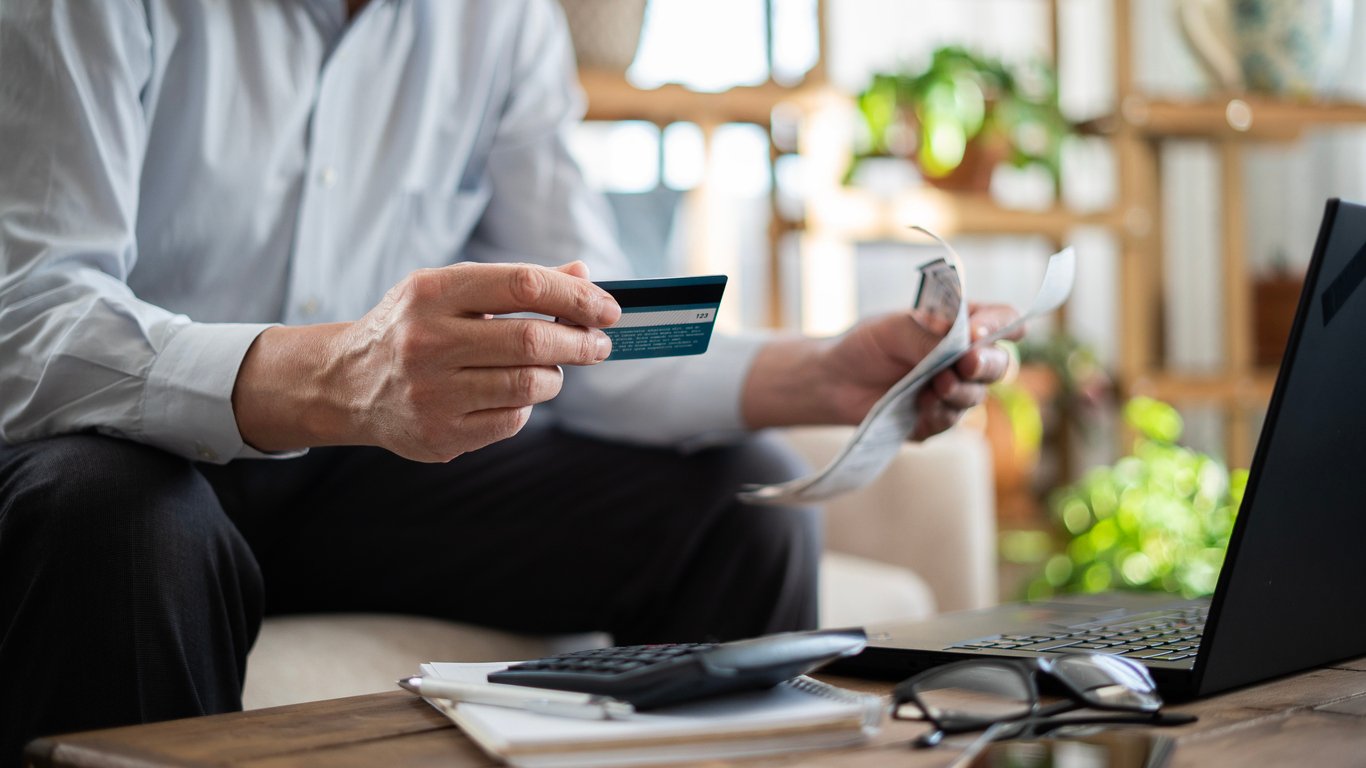Contents
What is the recovery Canada Recovery Benefit?
The CRB is a benefit designed to give income support to Canadians who have been unable to work due to COVID-19 but aren’t entitled to Employment Insurance (EI) benefits.
It’s administered by the Canada Revenue Agency (CRA) and is available to people in employment and those who are self-employed.
The benefit amount could receive through the CRB can vary depending on when you start applying. You can either receive $1,000 ($900 after taxes withheld) or $600 ($540 after taxes withheld) for a two week period.
If your situation doesn’t change you are entitled to apply for the benefit again. You can apply for up to 27 eligibility periods (54 weeks) between September 27, 2020, and October 23, 2021.
Who can apply for the recovery benefit?
The recovery benefit can be a great support to Canadian’s who have been unable to work because of reasons related to Covid. As the nation has struggled to deal with the fallout of COVID-19 thousands of people have found themselves facing a dramatic drop in income.
Whether you live off self-employment income or employment income handling the expenses incurred by the pandemic isn’t easy but the recovery benefit can offer a lifeline.
However, you must meet the following eligibility criteria for the two-week period you’re applying for:
- You weren’t employed, or self-employed, for reasons related to COVID-19
- Your average weekly income was reduced by 50% compared to the previous year due to COVID-19
Reduce your debt by up to 80%
- Licensed Insolvency Trustees
- In-person, phone or video
- 75 offices across Canada
Am I eligible for the recovery benefit?
To be eligible for the benefit you also need to confirm that:
- You didn’t apply for or receive Canada Recovery Sickness Benefit (CRSB), Canada Recovery Caregiving Benefit (CRCB), short-term visibility benefits, Employment Insurance (EI) benefits, Québec Parental Insurance Plan (QPIP) benefits
- You were not eligible for EI benefits
- You live and reside in Canada
- You are at least 15 years old
- You have a Social Insurance Number (SIN)
- You earned at least $5,000 in 2019, 2020 or in the 12 months before the date of your application from either employment income (total or gross pay), net self-employment income (after deducting expenses), maternity and parental benefits from EI or similar QPIP benefits.
You are also required to prove that you haven’t quit or voluntarily reduced your hours on or after September 27, 2020, unless it was reasonable to do so. You also need to show you were seeking work during that period either as an employee or in self-employment. If you have turned down reasonable work during the two week period you’re applying for then you won’t qualify for the recovery benefit.
Finally, you’ll need to show that you weren’t self-isolating or in quarantine due to international travel and that you filed a 2019 and 2020 tax return.
How can I verify my eligibility?
The Canada Revenue Agency will verify that you’re eligible for the benefit.
It’s important that you are honest about your application. Anyone found to have intentionally made fraudulent claims may face serious consequences, including penalties or even jail time.
If you are found to have any information missing from your application for Canada Recovery Benefits you’ll be asked to provide additional documents to validate your application and prove you meet the eligibility criteria.
Debt Solution Finder
How much can you get when applying for the recovery benefit?
The amount of CRB payments you get will depend on when you made your application.
If you meet the eligibility criteria, the recovery benefit is available for a maximum of 27 periods. This is the equivalent of 54 weeks.
You can only apply for periods that are open for application.
If you applied for CRB periods before July 18, 2021 the total amount of recovery benefit you can receive will reduce after you receive 21 payments.
For the first 21 payments of the recovery benefit, you will receive $1,000, or $900 after taxes, for each two week period. This will happen for a number of weeks – 42 in total – or 21 periods or CRB ends.
After 21 payments you’ll receive $600 ($540 after-tax) for each two week period until you reach the maximum of 27 periods.
Alternatively if your payments the period beginning July 17, 2021, you’ll receive $600 ($540 after-tax) for two-week periods until the recovery benefit ends.
If you’re unsure about the recovery benefit amount you are entitled to from the government of Canada, you should visit the government website.
Here’s an example of how we can help
Let’s say you owe…
CRA Debt
$13,020.92
Canadian Tire Card
$8,244.36
TD Bank Overdraft
$1,539.09
Utilities Arrears
$760.68
CashMoney Loan
$2,302.40
Student Debt
$3,923.50
Total amount
$29,790.95
Repayments reduced by 80%
*Monthly payments are based on individual financial circumstances.
What do I do if my income tax is exempt?
If your income tax is eligible for tax exemption under section 87 of the Indian Act, your recovery benefit payments may be exempt from tax.
CRB payments are taxed (or not) in the same way as your standard total income. That means if your income tax was exempt during the time you earned the $5,000 income requirement (2019 or the last 12 months) you won’t need to pay tax on the recovery benefit.
However, if your income during that time wasn’t fully tax-exempt you may have some tax to pay.
If you’re unsure if your income tax is exempt or not you should visit the government guide for taxes and benefits for indigenous peoples here.
Can I get interest relief on my taxes?
If you had a net income of $75,000 or less in 2020 and received at least one of the available Canada recovery benefits, you will be granted interest relief on your 2020 taxes.
You should be aware that late filing penalties still apply and are not part of this interest relief and you must file your 2020 tax return to qualify for interest relief.
How do I stay on top of my recovery benefit payments?
It’s important to remember that applications for the CRB won’t automatically renew. That means you’ll need to re-apply after each period.
You’ll also need to make sure you check you’re still eligible for the benefit to keep receiving the CRB. You should check every time you apply for any recovery benefits.
While the Canada Recovery Benefits Act offers a valuable lifeline if you’re unable to work because of reasons related to COVID, it’s important not to rely on it.
While you’re unable to work you should continue to look for work. This is an important part of the eligibility criteria of the recovery benefit.
Looking for work might seem daunting, especially as the country continues to come to grips with life post-lockdown, there is support available. You should visit the Job Bank for more support.
Returning a recovery benefit payment
You may be required to repay the recovery benefit in two specific circumstances.
You’ll be required to repay your benefit payment to the CRA if:
- you applied for the benefit and later found out you don’t meet the eligibility criteria.
- received payment in error
If you are found to have fraudulently have made a claim you may also face serious consequences such as penalties or court action.
Debt help after the recovery benefit
There’s no escaping the fact that just as COVID-19 has brought a healthcare crisis it has also had a deep and lasting impact on finances across the country.
No matter whether you’ve been unable to work because of health complications, you have been shielding because you have underlying conditions, or you’ve just been unable to carry out your job because of COVID-19, help is available if you’re struggling with your finances.
We specialize in helping people who are struggling with debt. From credit card debt to medical bills our experienced team can offer advice to help you better deal with your debt.
We offer advice about a range of debt relief solutions, such as a consumer proposal, that can help make your net income go further and help you avoid bankruptcy.


